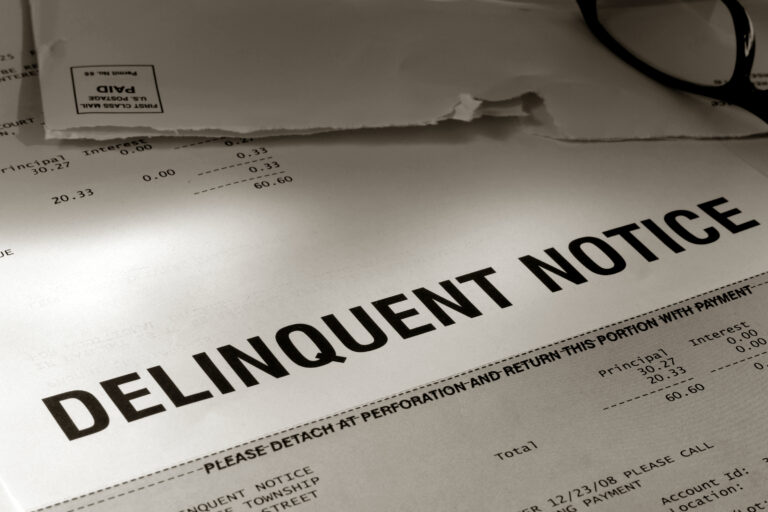It’s a struggle to manage all the different aspects of a small business. Between servicing customers, managing inventory, and looking for new business, there’s plenty of work to go around. Accounting frequently ends up as the last priority – when it really should be close to the top of the list.
Keeping financial records up to date and all transactions appropriately recorded makes things easier on everyone. The business owner or an outside party can easily see a financial snapshot, make growth projections for the future, and be ready for an IRS audit (which hopefully never happens).
Invoicing customers and recording payments might seem like enough at the start. But what happens when businesses run into more complex scenarios, like issuing credits? Enter the credit note.
A credit note or credit memo is a way to document any changes that happen to an invoice that has already been paid. It serves as a method to both inform the customer of the change, and record the change in a business’s financial records. One important note here: a credit note is NOT a refund.
Most business-to-consumer (B2C) interactions are pretty straightforward. If you purchased a product with a defect or even just change your mind, the company’s return policy will dictate the terms under which you can return the item and receive a refund. Even if you can’t receive a refund, you may have the option to receive store credit in the form of a gift card.
A credit note is most like the gift card scenario. Instead of going to the trouble of creating gift cards, businesses can issue credit notes.
Here are a few scenarios where a credit note is applicable:
- A software development firm invoices their client for a project upfront. The project is delivered far beyond the estimated completion date. The firm decides to credit the client 20% of the total invoiced price, to be used again on a future project.
- A lawn maintenance company offers existing customers a referral credit for any new customers they refer. Customer A refers customer B, and gives the company customer A’s name as the referring party. The company records the referral credit on the customer’s account, to be used for a future lawn service.
These scenarios are particularly beneficial, in that they encourage the customer to do business with the company again in the future.
So now you know what a credit note is, what’s the best way to create and record one?
Many accounting and invoicing systems offer functionality that makes it easy to create and send credit notes. A quick Google search for your provider name + credit note should reveal some helpful tips on how to complete the steps.
In case you don’t have a provider, here are the critical data you need to include in any credit note:
- Contact information for both your business and the customer, including names, addresses, phone numbers and email addresses
- Data from the original invoice, including invoice number, date, and what was purchased
- A new credit note number and date
- Amount of the credit
- Reason for the credit
- Payment terms
- Any tax included in the credit (if applicable)
These inputs will provide you and your customer with an easy understanding of what the credit is and why it was created.




